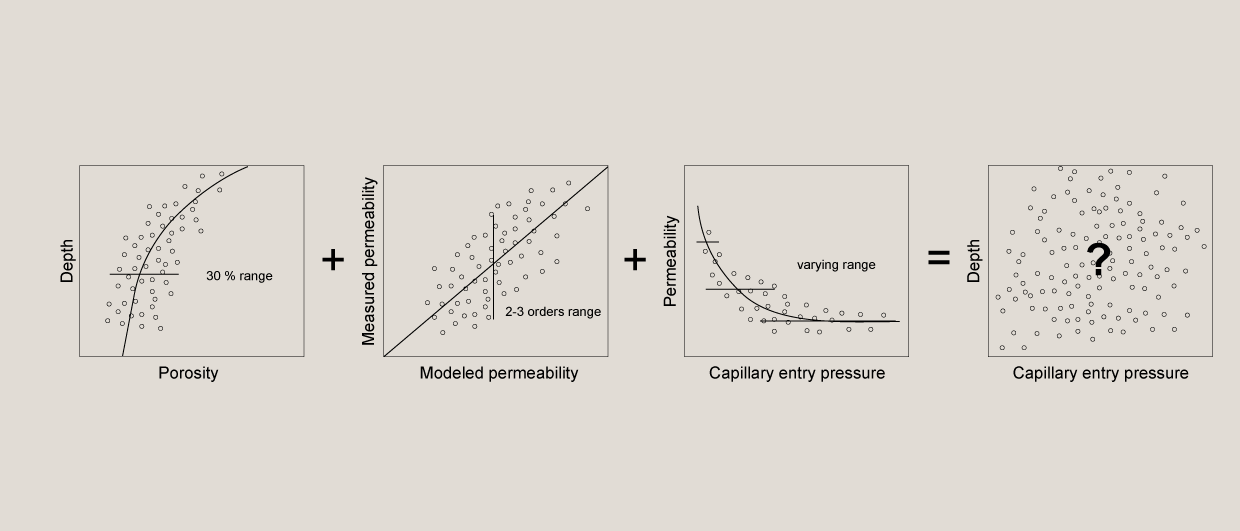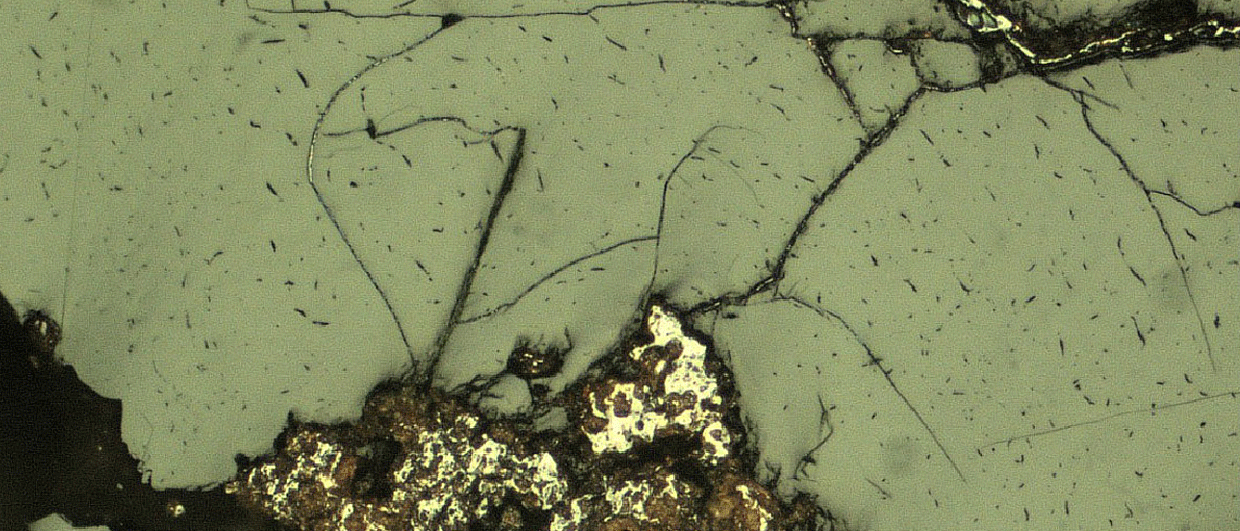My last article opened a topic of uncertainty in basin models. Discussion following its publication brought up an interesting research paper describing how increasing model complexity increases uncertainty in its results. It illustrates the issue with several examples spanning various fields of science…
“Our” field offers another example. Basin models involve the calculation of rock properties used to calculate heat and fluids transfer through a basin. These rock properties mutually control each other through a web of physical relationships. Some of these relationships are expressed in the model.
For example, porosity is a function of sediment mechanical compaction, cementation and dissolution. These processes are controlled by mineral composition, grain shape, effective stress, fluid chemistry and temperature. Each of these parameters needs to be calibrated with detailed petrographic data. Such calibration is only possible for selected siliciclastic reservoirs with drilled wells sampling key lithologies. Then, we are able to model porosities within +/- 1 % of rock volume.
Such detailed calibration is not available for the vast majority of a basin fill. In fact, we do not even know the distribution of the basic lithology types for most of the basin. Thus, porosity is typically only calculated with an exponential function of vertical effective stress adjusted for general sediment type (sand, shale, limestone, etc.). The uncertainty in such calculated porosity is around +/- 5 – 15 % for a given lithology and a range of depth. This porosity is then used to calculate permeability using some function adjusted for general sediment type.
However, permeability is also controlled by multiple processes and parameters and so the calculated permeability is associated with an uncertainty of
2 – 3 orders of magnitude. Now, combine it with the porosity uncertainty and the permeability uncertainty easily becomes 3 – 4 orders of magnitude. But it doesn’t end here. Finite element models go on and calculate capillary entry pressure (Pc) based on the permeability.
I remember a conference presentation on such a calculation, discussing minute details of Pc evolution through modeled geologic history. In reality, given the irreducible uncertainties, the magnitude of Pc remained largely unconstrained. The calculated Pc was no more accurate than a hand-drawn line on a graph basically saying that Pc tends to increase with sediment compaction.
So after all the time, IT and financial resources spent computing unconstrained details for millions of cells, we arrive at a model with some layers being flow barriers / seals and some being flow carriers… which is about as accurate as a hand-drawn sketch on a piece of paper. The complicated model creates an illusion of accuracy and barely allows time for the generation of a couple of scenarios.
I prefer a simpler map-based approach, manually assigning properties to horizons based on geologic insight, openly admitting the uncertainty and using the resources to explore various scenarios that can be tested with data and lead to more accurate understanding of questions that matter.





